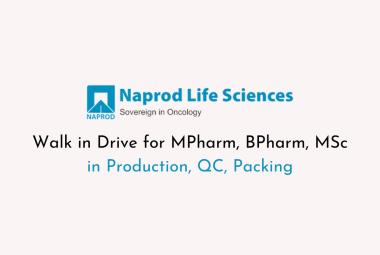Herbal medicine in Treatment of Heart disease: Cardioprotective Activity of Terminalia belerica
About Authors: Firoj Alam*, Vipra tomar, Ameena khatoon
Faculty of Pharmacy, Integral University,
Lucknow (U.P.)
ABSTRACT
Cardioprotection and prevention of cell ischemia/necrosis have been therapeutic targets for a long time. New therapies are needed to treat myocardial ischemia because current treatmenthas only its own limitation on survival and annual costs. The fruit is reported to have hepatoprotective, purgative, choleretic, and hypotensive effects. In a clinical study, Terminalia belerica was found to possess antispasmodic, anti-asthmatic and anti-tussive effects. The fruit extracts of Terminalia belerica have been evaluated for anti-mutagenic, antimicrobial and anti-HIV-1 activity. The plant is known to lower the levels of lipid in hypercholesterolemic animals and thus prevent the development of atherosclerosis and myocardial infarction; Triphla and Terminalia belerica reduced the serum glucose level and showed marked antioxidant properties in alloxan-induced diabetic rats.Polyphenols with proteins may be the probable cause of the inhibitory. Gallic acid: 3,4,5- trihydroxybenzoic acid is demonstrable the hepatoprotective action extract of Terminalia belerica. The presence of saponins, triterpenoids, carbohydrates, tannins and proteins show the analgesic agent used in the management of chronic pain. Phenolic contents of T. bellerica having antioxidant activity.and reduced the level of cholestrol.and also reduced the serum trasminase, and bilirubin. Due to high efficacy and low toxicity and its anti-oxidant, anti-hyperlipedemic, Antihypercholesterolemic and cardiotonic effects, it will provide an accessible and cheaptraditional medicine source for treatment of cardiac disease in developing countries.
[adsense:336x280:8701650588]



 About Author:
About Author: About Authors:
About Authors: About Authors:
About Authors:





